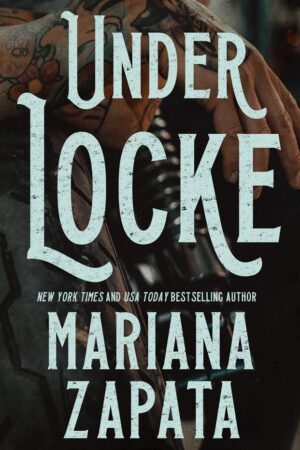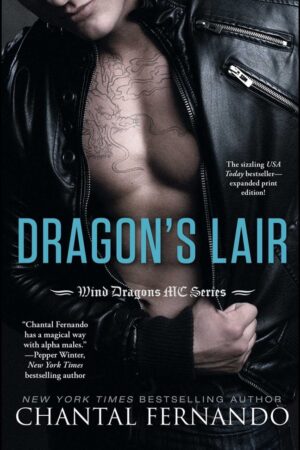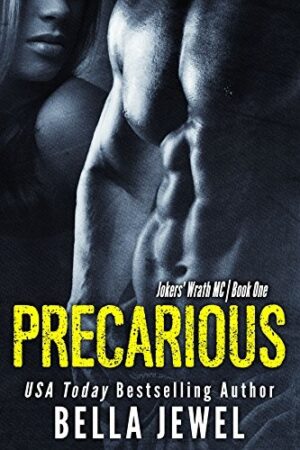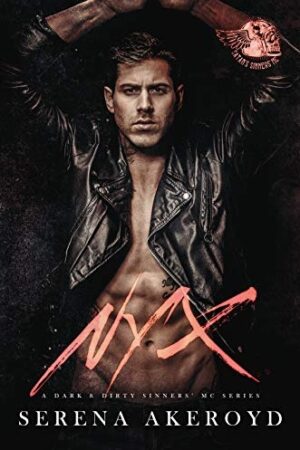It’s kind of surprising that motorcycle club romance is as prevalent as it is. As someone who grew up in south-east Queensland and was exposed to the Logan bikie (if you know you know), absolutely none of them were hot. I still remember having dinner at a pizza restaurant and a motorcycle club coming in to have dinner. There was only one who could be remotely considered attractive and it was a stretch. Trust me.
Perhaps I’m biased because of growing up during a time of ‘bikie reform’ in Australia in the 2010s. A time of learning that outlaw motorcycle clubs were a plight to society, more or less according to the Queensland Government at the time.[1] So how did this type of criminal organisation cement itself as a popular romance book trope?
We have to start at the beginning. The very beginning.
The first motorcycle looked really different to what they are now. To give you a visual, think of an old-timey 1860s bicycle powered by steam. The patent for that was filed in 1866 in the United States. In 1868, another patent was filed at the US Patent Office for another steam-powered motorcycle but this time with a coal-fired boiler between the wheels. The inventor, an American named Sylvester H. Roper, would end up dying in quite possibly one of the first fatal motorcycle accidents.
The first motorcycle to actually coin the term was the Hildebrand & Wolfmüller in 1894. By the First World War, motorcycles finally looked like their modern counterparts. No longer steam-powered bicycles, they were being greatly produced and used as vehicles for messengers for the Allied Forces. They were used even more in World War II and afterwards became popular with American veterans.
Those American veterans decided to join together and make clubs.[2] The first motorcycle club, of course, pre-dates World War II,[3] but it wasn’t until the 1940s that it became a cultural phenomenon in the USA.
During the 1930s, every 4th of July there would be an American Motorcycle Association-sanctioned event in the small California town of Hollister. It was a time of celebration and a time for people with the same interests to get together. However, motorcycles exploded in popularity after the war. That brings us to the July 4th weekend of 1947.
About 4,000 people, around 750 of them motorcyclists, arrived in Hollister to celebrate the holiday. This about doubled the town’s population. The people got drunk and things quickly became unruly. Public intoxication, reckless driving, and disturbing the peace were just some of the misdemeanours people got charged with by Hollister’s 7-man police force.
It was perfect for newspapers to write about. It got sensationalised and became known as the ‘Hollister riot’.[4]
Six years later, it’s 1953 and a new film called The Wild One is out in cinemas. It was adapted from a short story published in 1951 that was heavily inspired by the Hollister riot. Starring Marlon Brando as the lead, he plays the leader of an outlaw motorcycle club in California. Not only was this film the first popular film to portray an outlaw motorcycle club, it also stars Marlon Brando.[5] This could be quite possibly the first time in popular culture a link was made between outlaw motorcycle clubs and attractive men. I highly suggest watching the bar scene on YouTube. Marlon Brando is, well, himself—charismatic, walking with swagger, smirking and teasing the bartender. My words don’t do justice.
You may know the names of some real one-percenter clubs but there’s one you definitely know. Hell’s Angels. Even the name and its themes have been used as a template of sorts for real-life clubs and for romance authors naming their fictional clubs. Examples include Hades Hangmen (Tillie Cole), Knights Rebels (River Savage), and Jokers’ Wrath (Bella Jewel).
The way the Hell’s Angels entered pop culture was through the one, the only, Hunter S. Thompson. Hell’s Angels: The Strange and Terrible Saga of the Outlaw Motorcycle Gangs, published by Random House in 1967.[6] A Goodreads review by someone who’s actually read the book, describes it much better than I ever could:
“It seems that demythologising of Hell’s Angels (and some other motorcycle gangs) was Thompson’s main goal in this book. On one hand he is trying to do away with the notion that they are the worst threat to the American society by putting their (still quite shocking) hooligan excesses in perspective. On the other hand he is also trying to deromanticise their image and make it clear that they didn’t have any agenda and that there was nothing glamorous about them. They were mostly a bunch of lowlifes with few prospects that found a sense identity and belonging in joining the gang.”
It’s incredibly difficult to find a motorcycle club romance book published before 2008. Biker Babe in Black by Debra Kayn appears to be one of the earliest, being published in January 2008. [7] That doesn’t necessarily mean earlier books don’t exist but it does heavily support my theory:
Sons of Anarchy is, by far, the main reason why we have motorcycle club romance books.
While Charlie Hunnam has looked better than he did in season one of Sons of Anarchy, it’s Marlon Brando in The Wild One all over again, just 55 years later.
The episodes of Sons of Anarchy’s first season consistently got nearly or over 2 million US viewers when they first aired in 2008.[8] The show peaked in popularity with its later seasons’ episodes averaging 4–6 million viewers in 2012–2014.[9]
When did motorcycle club romance peak? 2013 and 2014 with a little resurgence in the late 2010s[10] that oh-so coincidentally was when the Sons of Anarchy spin-off Mayans M.C. began airing.[11] Motorcycle club romance didn’t die with Jax Teller. At the end of the day, there’s still plenty of MC books being published. However, it goes to show that romantic fiction is inspired. Inspired by real life, inspired by Marlon Brando and inspired by extremely successful TV shows.
5 of my favourite motorcycle club books
This post contains Amazon affiliate links. Any purchases made through those links may result in 1 Click Book Deals making a commission.






